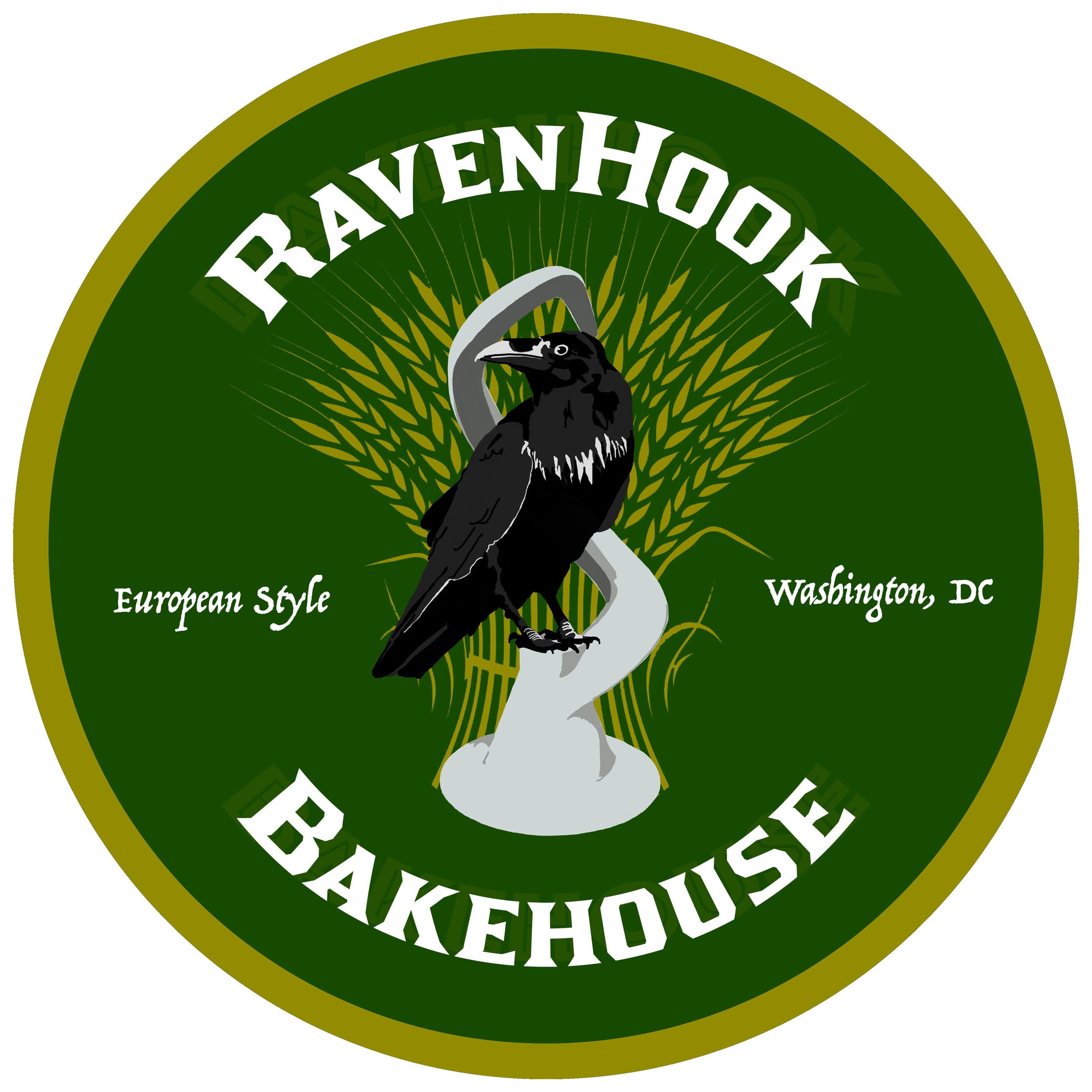The Interesting Story of the Hot Cross Bun
“Hot Cross Buns! Hot Cross Buns! One and penny, two a penny, Hot Cross Buns! If you haven’t got a daughter, give them to your sons. One a penny, two a penny Hot Cross Buns!”
Excerpted from The Bread Baker’s Guild “Breadlines”
By Mitch Stamm and Kate Goodpaster
Nations, cultures, and religions include bread as an integral component of religious and secular observances. The breads are typically enriched and may contain dairy, eggs, sweeteners, and inclusions. Hot cross buns have been synonymous with Easter celebrations since they appeared in 12th century England. Interestingly, hot cross buns pre-date Christianity, with their origins in paganism. Ancient Egyptians used small round breads topped with crosses to celebrate the gods. The cross divided the bread into four equal sections, representing the four phases of the moon and/or the four seasons, depending on the occasion. Later, Greeks and Romans offered similar sweetened rolls in tribute to Eos, the goddess of the morning, and to Eostre, the goddess of light, who lent her name to the Easter observances. The cross on top symbolized the horns of a sacrificial ox. The English word bun is a derivation of the Greek word for ceremonial cakes and breads, boun.
In the Middle Ages, home bakers marked their loaves with crosses before baking. They believed the cross would ensure a successful bake, warding off the evil spirits that inhibit the bread from rising. This superstition gradually faded, except for marking Good Friday loaves and hot cross buns, only to be replaced by another one. This time the loaves and buns were hung from the ceiling like sausages. It was believed that the bread would never mold and would provide protection against evil spirits and illness until the following Good Friday when the loaves and buns would be replaced. In the event of illness, a portion of bread could be removed from its string and crushed to a powder, which was incorporated into water for therapeutic effect. During the same period, Jews hung bread and a container of water from the ceiling to ward off cholera. They believed its power was so strong that one loaf in one house would protect the community. To avoid detection, early Christians celebrated the resurrection of Christ at the same time of year as the pagan Spring celebration.
It was in the 12th century that an English monk decorated his freshly baked buns with a cross on Good Friday, also known as the Day of the Cross. The custom gained traction, and over the years, fruits and precious spices were included to represent health and prosperity. Spiced buns were banned when the English broke ties with the Catholic Church in the 16th century. However, by 1592, Queen Elizabeth I relented and granted permission for commercial bakers to produce the buns for funerals, Christmas, and Easter. Otherwise, they could be baked in homes. The bakers argued that a cross cut into a loaf or bun induced a more pronounced rise in the oven: an axiom then, and an axiom now.
Farmers began to place hot cross buns in their stored grain to distract mice and other pests, much the way shoofly pie was used by American housewives. By the early 19th century, the Bun House of Chelsea, famous for Chelsea buns, was the largest producer of hot cross buns. It remained so for over a century until the building was demolished. Once an English specialty, the buns’ popularity has become a seasonal staple around the world and is included in Le Coupe du Monde de la Boulangerie as one of the Breads of the World. ✹
“One a penny, two a penny, hot cross buns! If you’ve no daughters, give them to your sons, And if you’ve no kind of pretty little elves, Why then good faith, e’en eat them all yourselves”
“One a penny, two a penny, hot cross buns! Butter them and sugar them and put them in your muns (i.e. mouths). Hot cross buns, hot cross buns! One a penny poker, two a penny tongs, three a penny fire shovel, Hot cross buns!” (lyrics source: Wikipedia 2021)
